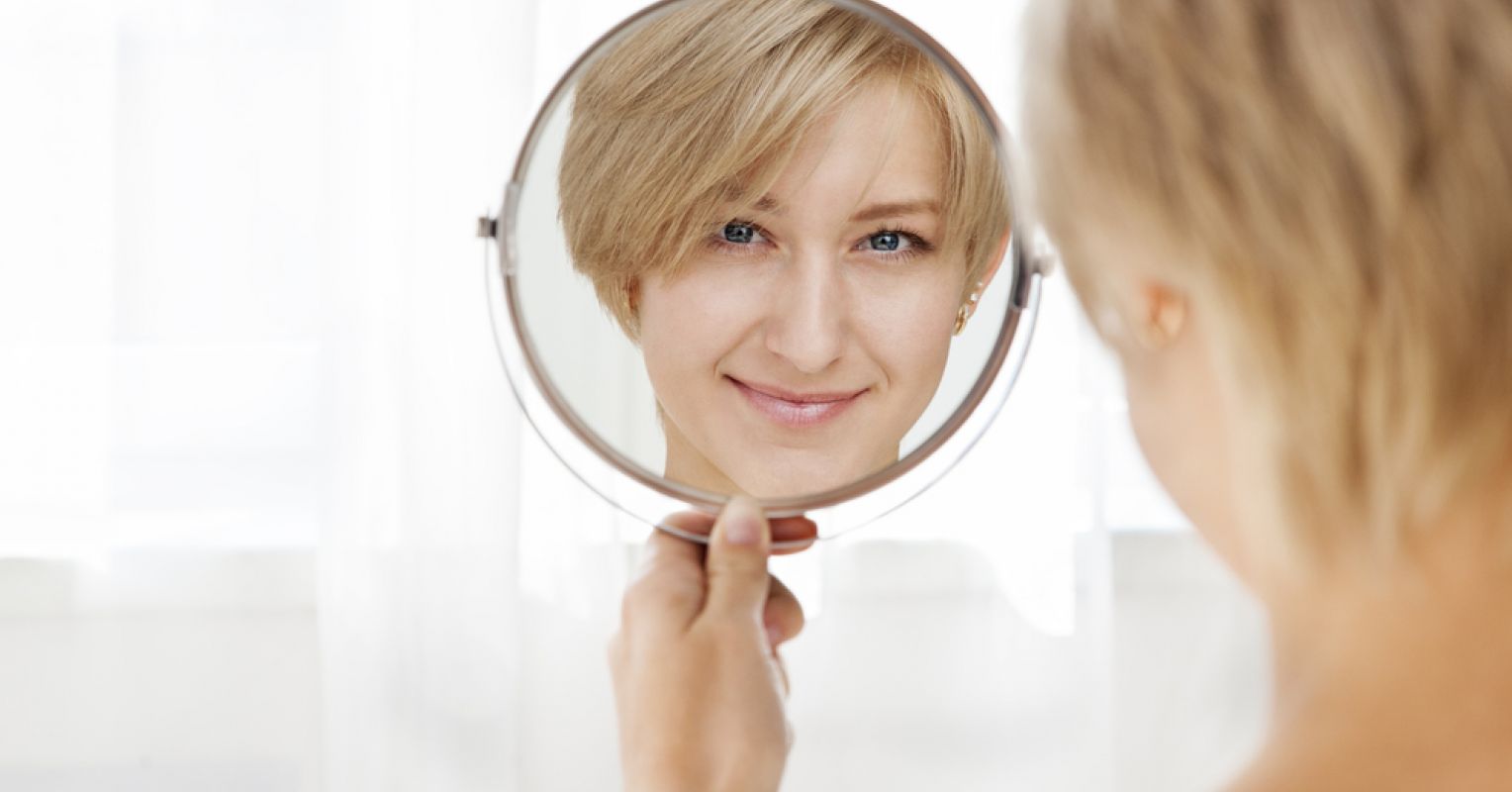

Articles
Why Some Mirrors Create Distortions
Modified: January 18, 2024
Discover why some mirrors can create distortions in this informative article. Gain insights on the different factors that contribute to mirror distortions and how to prevent them.
(Many of the links in this article redirect to a specific reviewed product. Your purchase of these products through affiliate links helps to generate commission for Storables.com, at no extra cost. Learn more)
Introduction
Have you ever looked into a mirror and noticed that your reflection doesn’t quite look right? Maybe your face appears slightly distorted or elongated, or perhaps the proportions seem a bit off. This phenomenon can be both puzzling and frustrating, leaving you wondering why certain mirrors create distortions.
In this article, we will delve into the world of mirrors and reflections to uncover the reasons behind these distortions. We will explore the different types of mirrors and the factors that contribute to distorted reflections. Furthermore, we will discuss how surface imperfections, curvature of the mirror, incorrect mounting or installation, lighting conditions, and even psychological factors can all play a role in creating optical distortions.
By understanding these causes, we can gain insights into how to minimize distortions in mirrors and improve the overall visual experience. So, let’s dive in and unravel the mysteries of how and why some mirrors create distortions.
Key Takeaways:
- Embrace clear, accurate reflections by choosing high-quality mirrors, keeping them clean, and optimizing lighting conditions. Address psychological factors to develop a balanced self-perception and minimize distortions in mirrors.
- Understand the causes of mirror distortions and take practical steps to minimize them. From surface imperfections to psychological factors, enhance the quality of reflections for a healthier and more positive self-image.
Read more: Why Do I Look Fat In Some Mirrors
Understanding Mirrors and Reflections
Before we explore why some mirrors create distortions, it’s important to have a basic understanding of how mirrors and reflections work. Mirrors are essentially smooth surfaces that reflect light in a way that allows us to see our own reflection or objects placed in front of them.
When light hits a mirror, it undergoes a process called reflection. The mirror’s smooth surface causes the light to bounce back at an angle equal to the angle at which it approached the mirror. This process creates an optical illusion of depth, allowing us to see a virtual image of ourselves or the objects in front of the mirror.
Reflections in mirrors can either be specular or diffuse. Specular reflections occur when the surface of the mirror is perfectly smooth and the light reflects off it in a single direction, resulting in a clear and sharp image. On the other hand, diffuse reflections occur when the surface of the mirror is slightly rough, causing the light to scatter and resulting in a less focused image.
It’s also important to note that mirrors can have different reflective coatings, such as silver or aluminum, which further affect the quality of the reflection.
Now that we have a basic understanding of mirrors and reflections, let’s explore the different types of mirrors and how they can contribute to distortions.
Types of Mirrors
There are several types of mirrors commonly used in our daily lives, each with its own characteristics and potential for creating distortions. Here are a few of the most common types:
- Flat Mirrors: Flat mirrors, as the name suggests, have a flat, smooth surface. They are the most common type of mirror found in households. Flat mirrors reflect light in a straight-line path, creating a reflection that appears identical to the original object. However, even flat mirrors can produce minor distortions due to imperfections in the glass or the reflective coating.
- Concave Mirrors: Concave mirrors are curved inward, resembling the shape of a cave. These mirrors have a reflective surface that curves inward, causing light rays to converge as they reflect off the mirror. Concave mirrors can create interesting and magnified reflections, but if they are not accurately shaped, they can lead to distortions and uneven reflections.
- Convex Mirrors: In contrast to concave mirrors, convex mirrors are curved outward, resembling a bulging shape. The reflective surface of convex mirrors cause light rays to diverge as they reflect off the mirror. This type of mirror is commonly used in security cameras and automobile side mirrors to provide a wider field of view. However, the curved shape of convex mirrors can result in distorted and distorted images.
- Two-Way Mirrors: Two-way mirrors, also known as one-way mirrors, have a special reflective coating that allows light to pass through from one side while reflecting light from the other side. As a result, two-way mirrors create a semi-transparent effect, depending on the lighting conditions on each side of the mirror. While two-way mirrors are often used in surveillance and interrogation rooms, they can sometimes create distortions due to the partially reflective properties of the coating.
Each type of mirror has its own unique properties and potential for creating distortions. It’s important to consider these factors when choosing a mirror for specific purposes or when trying to minimize distortions.
Causes of Distortions in Mirrors
Distortions in mirrors can be attributed to various factors, ranging from surface imperfections to lighting conditions and even psychological factors. Let’s explore the common causes of distortions in mirrors:
- Surface Imperfections: Mirrors, especially flat ones, are prone to surface imperfections such as scratches, dents, or small defects in the glass or the reflective coating. These imperfections can cause light to reflect unevenly, leading to distortions in the reflected image.
- Curvature of the Mirror: Mirrors with curved surfaces, such as concave or convex mirrors, are designed to create specific optical effects. However, if the curvature of the mirror is not accurately shaped, it can lead to distortions in the reflected image. Uneven curvature can result in stretching or compressing the reflection, making objects appear distorted.
- Incorrect Mounting or Installation: Improperly mounting or installing a mirror can also contribute to distortions. If a mirror is not securely attached to the wall or if it is mounted at an angle, it can cause the reflection to appear slanted or distorted. It’s important to ensure that mirrors are properly aligned and securely installed to minimize distortions.
- Lighting Conditions: Lighting plays a crucial role in how we perceive reflections in mirrors. Shadows, uneven lighting, or harsh lighting can all affect how the reflection appears. For example, if there are strong light sources in front of the mirror, it can create glare or bright spots, making it difficult to clearly see the reflection. Adjusting the lighting conditions can help minimize distortions and enhance the visual clarity of the reflection.
- Psychological Factors: Our perception of distortions in mirrors can also be influenced by psychological factors. Our expectations and self-perception can sometimes lead us to perceive distortions that may not actually exist. Factors such as body dysmorphia or distorted self-image can affect how we interpret our reflections, even if the mirror itself does not have any physical distortions.
Understanding these causes of distortions can help us identify the potential culprits and take necessary steps to minimize them. By addressing surface imperfections, ensuring accurate curvature, proper mounting, optimizing lighting conditions, and being aware of psychological factors, we can enhance the quality of reflections in mirrors and enjoy a more accurate representation of ourselves and our surroundings.
Surface Imperfections
One of the main causes of distortions in mirrors is surface imperfections. Mirrors, especially flat ones, can develop scratches, dents, or minor defects in the glass or the reflective coating over time. These imperfections can significantly impact the quality of the reflection and create distortions.
Surface imperfections, such as scratches or dents, can disrupt the smoothness of the mirror’s surface. When light hits these imperfections, it scatters and reflects off at different angles instead of bouncing back in a straight line. This scattering of light results in a distorted or blurred reflection.
In addition to physical imperfections, the reflective coating of a mirror can also deteriorate over time. The reflective coating, which is usually made of materials like silver or aluminum, can get worn out or develop thin spots. This can lead to uneven reflectivity across the mirror, causing distortions in the reflected image.
It’s important to note that surface imperfections are more likely to be noticeable in flat mirrors since the reflection is intended to be a clear and accurate representation. Concave or convex mirrors, with their intentionally curved surfaces, are designed to create specific optical effects, so minor imperfections may be less noticeable in these mirror types.
To minimize distortions caused by surface imperfections, it’s essential to keep mirrors clean and treat them with care. Regularly cleaning the mirror with a soft, non-abrasive cloth and a mild cleaning solution can help remove dirt and prevent scratches. Avoid using harsh chemicals or abrasive materials that can damage the reflective coating.
If the surface imperfections are significant and affecting the reflection’s quality, it may be necessary to consider replacing the mirror. Look for a mirror with a high-quality reflective coating and a smooth, flawless surface to ensure minimal distortions.
By addressing surface imperfections, whether through proper cleaning or replacing mirrors when necessary, we can maintain clear and accurate reflections without the distractions of distortions caused by scratches, dents, or deteriorating reflective coatings.
Curvature of the Mirror
The curvature of a mirror plays a significant role in how light is reflected and, consequently, the potential for creating distortions. Mirrors can have different shapes and curvatures, such as flat, concave, or convex, each producing distinct optical effects.
When it comes to the curvature of the mirror, precise shaping is essential to ensure a clear and accurate reflection. If the mirror’s curvature is not accurately designed or manufactured, it can lead to distortions in the reflected image.
Concave Mirrors: Concave mirrors are curved inward, resembling the shape of a cave. These mirrors have reflective surfaces that curve inward, causing light rays to converge as they reflect off the mirror. The focal point of a concave mirror is where the reflected light rays meet. This type of mirror can create unique optical effects, such as magnification or producing a virtual image. However, if the curvature is inaccurate, it can cause distortions in the reflection. Uneven curvature can stretch or compress the reflected image, resulting in a distorted appearance.
Convex Mirrors: In contrast to concave mirrors, convex mirrors are curved outward, resembling a bulging shape. The reflective surface of convex mirrors causes light rays to diverge as they reflect off the mirror. Due to this divergence, convex mirrors provide a wider field of view but result in smaller, compressed reflections. However, if the curvature of a convex mirror is not precisely shaped, it can lead to distortions. Uneven curvature may stretch or compress the reflected image, creating a distorted or skewed view.
It’s important to note that the curvature of a mirror can vary depending on its design and intended purpose. Different types of mirrors, such as makeup mirrors, automotive mirrors, or decorative mirrors, may have specific curvatures to achieve certain visual effects or functionalities.
To minimize distortions caused by the curvature of the mirror, it’s crucial to select mirrors that are accurately shaped and manufactured. High-quality mirrors, produced with precision, will ensure a smoother and more accurate reflection. Additionally, be mindful of the intended purpose of the mirror and choose the appropriate type of mirror with the desired curvature to achieve the desired visual results.
By understanding the impact of the curvature of the mirror and selecting mirrors with accurate shaping, we can enjoy clear and distortion-free reflections, enhancing our visual experience.
When choosing a mirror, look for one with a high-quality glass surface to minimize distortions. Additionally, consider the shape and size of the mirror, as these factors can also affect the level of distortion.
Incorrect Mounting or Installation
The way a mirror is mounted or installed can have a significant impact on the quality of the reflection it produces. Incorrect mounting or installation of a mirror can lead to distortions, making the reflection appear slanted, uneven, or distorted.
One common mistake in mounting a mirror is not ensuring it is properly aligned and level. If a mirror is not mounted straight or at the correct angle, it can cause the reflection to appear tilted or skewed. This misalignment can be particularly noticeable with flat mirrors, where even a slight tilt can disrupt the symmetry of the reflection.
Another related issue is improper support or inadequate anchoring of the mirror to the wall or surface. Mirrors that are not securely mounted may shift or sag over time, creating distortions in the reflection. It’s important to use appropriate mounting hardware, such as sturdy brackets or wall anchors, to ensure the mirror is firmly attached and remains in place.
Additionally, the type of mounting method used can also impact the appearance of the reflection. For example, using adhesive or mounting tape on the back of the mirror may result in uneven pressure distribution, leading to distortions. Opting for more secure mounting options, such as hooks or clips, can help minimize the risk of distortions caused by improper adhesion.
Furthermore, the surface on which the mirror is mounted can also contribute to distortions. Uneven or textured surfaces can cause the mirror to flex or bend slightly, resulting in a distorted reflection. It’s important to ensure the mounting surface is smooth, level, and able to support the weight of the mirror effectively.
In order to minimize distortions caused by incorrect mounting or installation, it’s crucial to pay attention to the following factors:
- Ensure the mirror is properly aligned and level during installation.
- Use appropriate mounting hardware to securely attach the mirror to the wall or surface.
- Consider using hooks or clips for a more secure mounting method.
- Select a smooth and level mounting surface that can adequately support the weight of the mirror.
By addressing these aspects, we can prevent distortions caused by incorrect mounting or installation and enjoy clear and accurate reflections from our mirrors.
Lighting Conditions
The lighting conditions in which a mirror is placed can greatly influence the appearance of the reflection and contribute to distortions. Shadows, harsh lighting, or uneven illumination can all impact how the reflection is perceived.
One common issue is the presence of strong light sources directly in front of the mirror. When intense light shines directly onto the mirror’s surface, it can create glare or bright spots in the reflection, making it difficult to see the image clearly. This glare can distort the details and proportions of the reflected objects or faces.
Conversely, insufficient lighting or uneven lighting can also lead to distortions. If the mirror is placed in an area with inadequate lighting, the reflection may appear dim or murky, making it challenging to get an accurate representation. Similarly, uneven lighting, such as shadows cast on the mirror’s surface, can create distortions and make the reflection appear uneven or distorted in certain areas.
It’s important to consider the placement of light sources when positioning a mirror. Indirect or diffused lighting can help minimize glare and create more even lighting conditions, enhancing the quality of the reflection. Using multiple light sources around the mirror can also help eliminate shadows and ensure the entire reflective surface is adequately illuminated.
Another factor to consider is the color temperature of the lighting. Different light sources, such as incandescent, fluorescent, or LED lights, emit light with varying color temperatures. The color temperature can affect how colors appear in the reflection, potentially distorting the perception of the reflected image. It’s advisable to consider the color temperature of the lighting when selecting light bulbs or fixtures for the area around the mirror.
By optimizing the lighting conditions around the mirror, we can minimize distortions and enhance the clarity and accuracy of the reflection. Ensuring indirect or diffused lighting, eliminating glare and shadows, and selecting appropriate color temperature lighting can all contribute to a more pleasing and distortion-free mirror reflection.
Psychological Factors
While physical factors like surface imperfections and lighting conditions can contribute to distortions in mirrors, psychological factors also play a role in how we perceive our reflections. Our expectations, self-perception, and cognitive biases can influence our interpretation of the reflection, even if the mirror itself is free from any physical distortions.
One psychological factor that can affect our perception is body dysmorphia. Body dysmorphia is a mental health condition characterized by an excessive focus on perceived flaws in one’s appearance. Individuals with body dysmorphia may have a distorted self-image and may perceive distortions in their reflections that are not objectively present. This can lead to dissatisfaction and negative emotions when looking into a mirror, regardless of its quality.
Self-perception can also influence how we interpret our reflections. Our self-esteem, confidence, and mood can impact how we view ourselves in the mirror. For example, when feeling positive and confident, we may perceive ourselves as more attractive or appealing in the mirror. Conversely, during moments of low self-esteem or negative emotions, we may perceive distortions or flaws in our reflection that are influenced by our emotional state.
Cognitive biases can also come into play when interpreting our reflections. Confirmation bias, for example, can lead us to selectively notice or emphasize aspects of our reflection that confirm our pre-existing beliefs or insecurities. This can create a distorted perception of how we appear in the mirror.
To minimize the impact of psychological factors on our perception of mirror reflections, it’s essential to be aware of these biases and conditions. Seeking professional help if experiencing body dysmorphia or other mental health concerns can provide valuable support and guidance. Additionally, practicing self-compassion, cultivating positive self-esteem, and developing a realistic and balanced perception of ourselves can help us view our reflections in a more objective and less distorted manner.
It’s important to remember that mirrors are simply tools that reflect back what is in front of them. By understanding and addressing psychological factors, we can overcome distortions influenced by our own perceptions and develop a healthier and more positive relationship with our reflections.
Read more: When Were Mirrors Created
Minimizing Distortions in Mirrors
While some mirrors may naturally create distortions due to their design or environment, there are several steps we can take to minimize these distortions and improve the overall visual experience. Here are some tips to help you achieve clear and accurate reflections:
- Choose High-Quality Mirrors: Opt for mirrors with high-quality reflective coatings and smooth, flawless surfaces. Investing in mirrors that are well-made and free from imperfections can significantly reduce distortions.
- Keep Mirrors Clean: Regularly clean mirrors with a soft, non-abrasive cloth and a mild cleaning solution. This will help remove dirt, dust, and smudges that can obstruct the reflection and potentially contribute to distortions.
- Properly Mount and Install Mirrors: Ensure mirrors are securely mounted, aligned, and level. Use appropriate mounting hardware and consider getting professional assistance if needed. This will help prevent tilting, shifting, or sagging, which can cause distortions in the reflection.
- Optimize Lighting Conditions: Pay attention to the lighting conditions around the mirror. Use indirect or diffused lighting to minimize glare and create more even illumination. Avoid placing strong light sources directly in front of the mirror, as they can create reflections with excessive brightness or glare. Additionally, choose light bulbs with an appropriate color temperature to achieve a natural and accurate reflection.
- Avoid Distractions: Minimize potential distractions around the mirror that could compromise the perception of the reflection. Remove objects or decorations that might reflect in the mirror and cause visual disturbances.
- Be Mindful of Psychological Factors: Recognize and address psychological factors that can influence how you perceive your reflection. Practice self-compassion, cultivate positive self-esteem, and seek professional help if dealing with body dysmorphia or other mental health concerns. Developing a realistic and balanced self-perception can help prevent distorted interpretations of the reflection.
- Regularly Inspect and Replace Mirrors: Regularly inspect your mirrors for any signs of damage, deterioration, or significant imperfections. If necessary, consider replacing them to ensure optimal reflection quality.
By following these tips, you can minimize distortions in mirrors and enhance the clarity, accuracy, and enjoyment of your reflections. Remember that mirrors are meant to be a tool for self-reflection and should provide a true representation of yourself and your surroundings.
Conclusion
Mirrors play a significant role in our daily lives, allowing us to see ourselves and our surroundings. While some mirrors may create distortions, understanding the factors that contribute to these distortions can help us overcome them and enjoy clear and accurate reflections.
We have explored various causes of distortions in mirrors, including surface imperfections, curvature of the mirror, incorrect mounting or installation, lighting conditions, and even psychological factors. Surface imperfections, such as scratches or defects in the glass or reflective coating, can scatter light and create blurred or distorted reflections. The curvature of the mirror, when not accurately shaped, can stretch or compress the reflection, resulting in distortions. Incorrect mounting or installation can cause tilting or shifting, leading to uneven or skewed reflections. Lighting conditions, including glare, shadows, or inadequate illumination, can affect how the reflection appears. Lastly, psychological factors, such as body dysmorphia or self-perception biases, can influence our interpretation of the reflection, even without physical distortions.
To minimize distortions, we can take practical steps, such as choosing high-quality mirrors, keeping them clean, properly mounting or installing them, optimizing lighting conditions, and being aware of psychological factors. By addressing these factors, we can enhance the quality of reflections and ensure a more accurate representation of ourselves and our environments.
It is important to approach mirrors with a balanced perspective, recognizing that they provide a tool for self-reflection and self-appraisal. By being mindful of both the physical characteristics of the mirror and our psychological tendencies, we can establish a healthier and more positive relationship with our reflections.
Overall, understanding the causes of distortions in mirrors and implementing strategies to minimize them will allow us to appreciate the true beauty of our reflections and harness the mirror’s potential for self-reflection, self-expression, and self-confidence.
Frequently Asked Questions about Why Some Mirrors Create Distortions
Was this page helpful?
At Storables.com, we guarantee accurate and reliable information. Our content, validated by Expert Board Contributors, is crafted following stringent Editorial Policies. We're committed to providing you with well-researched, expert-backed insights for all your informational needs.

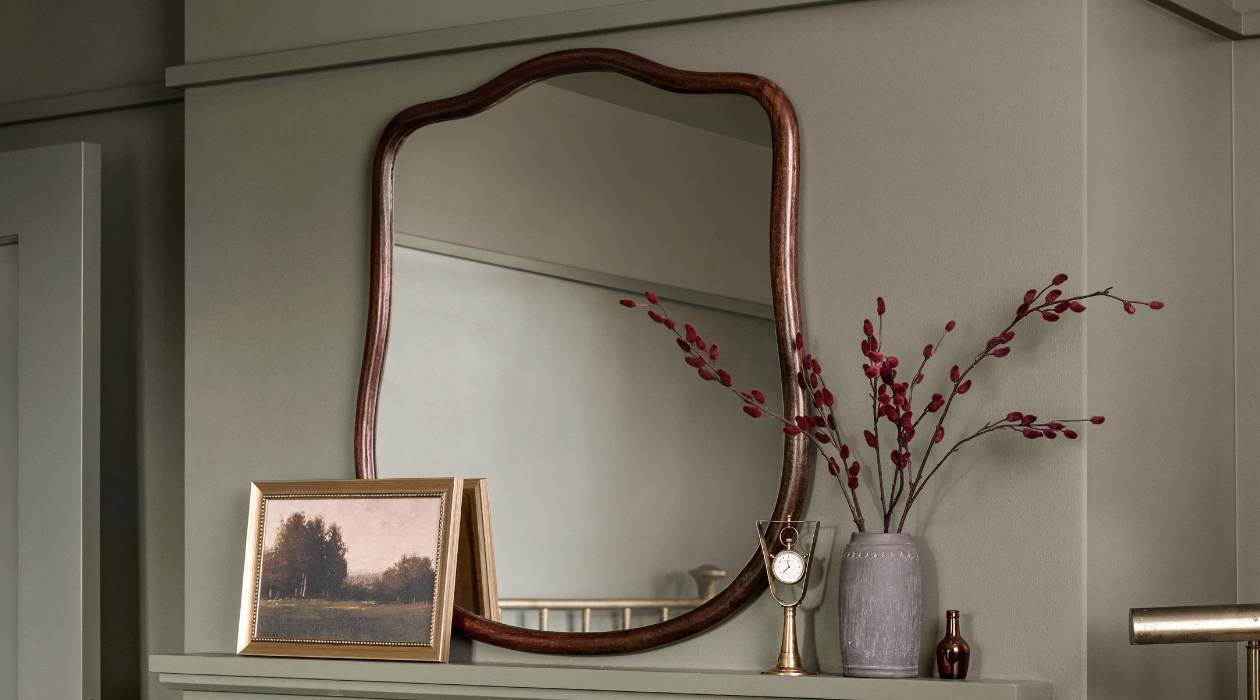
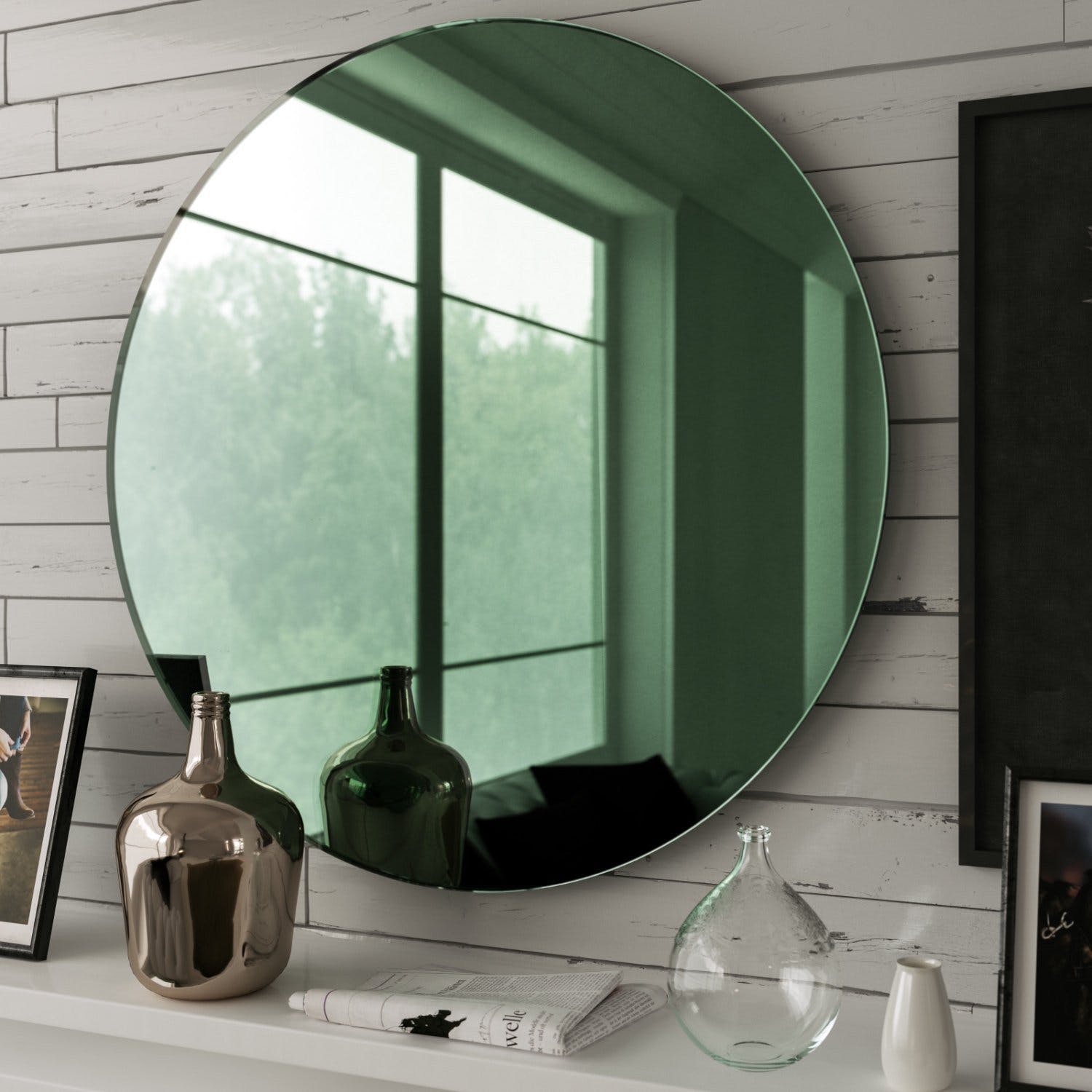
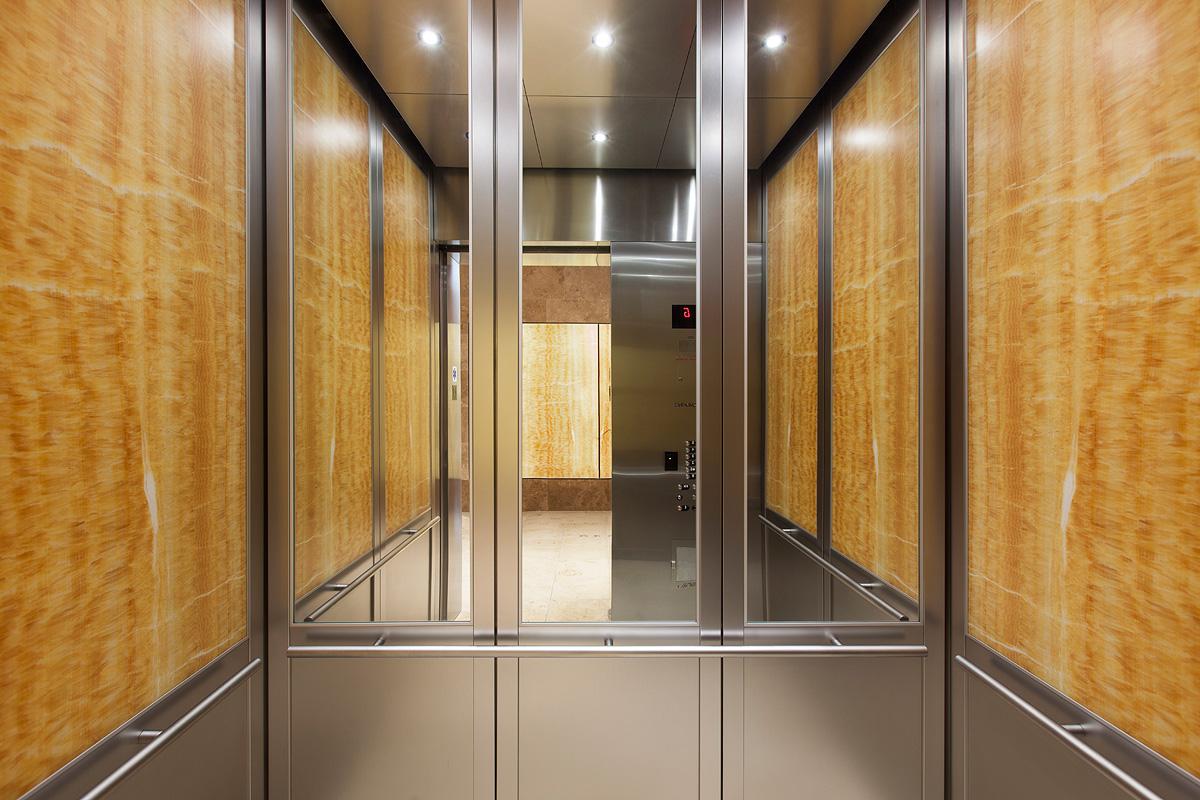
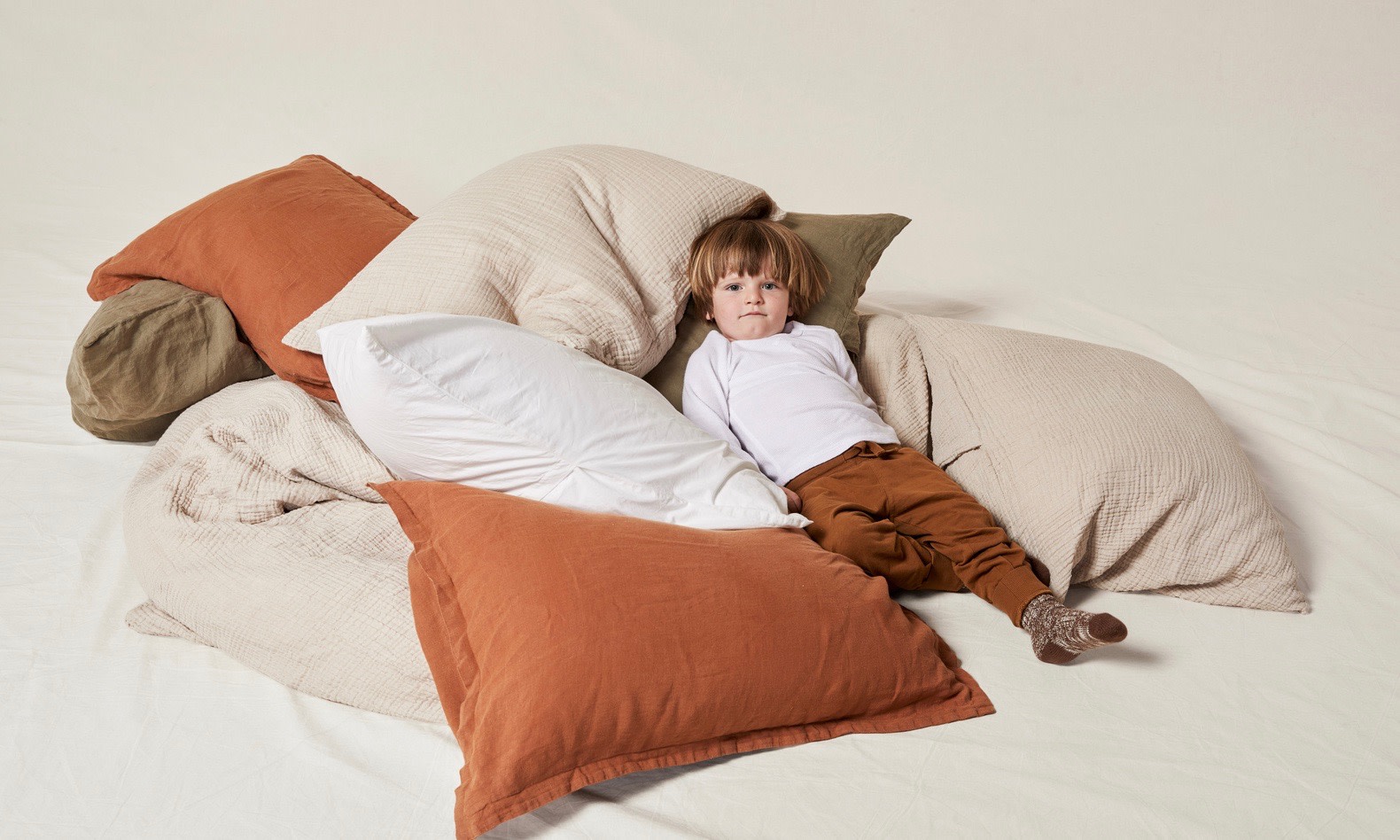
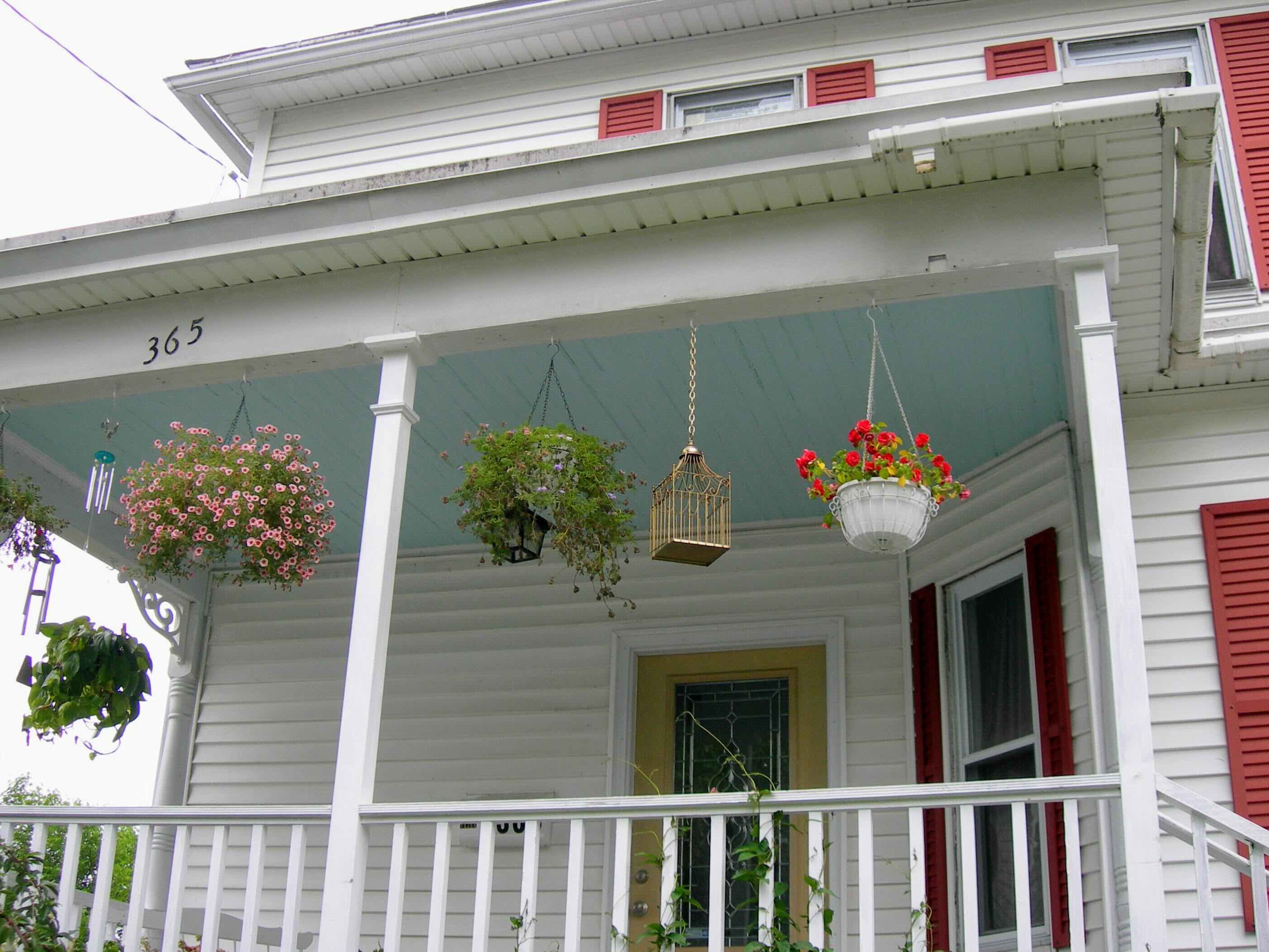



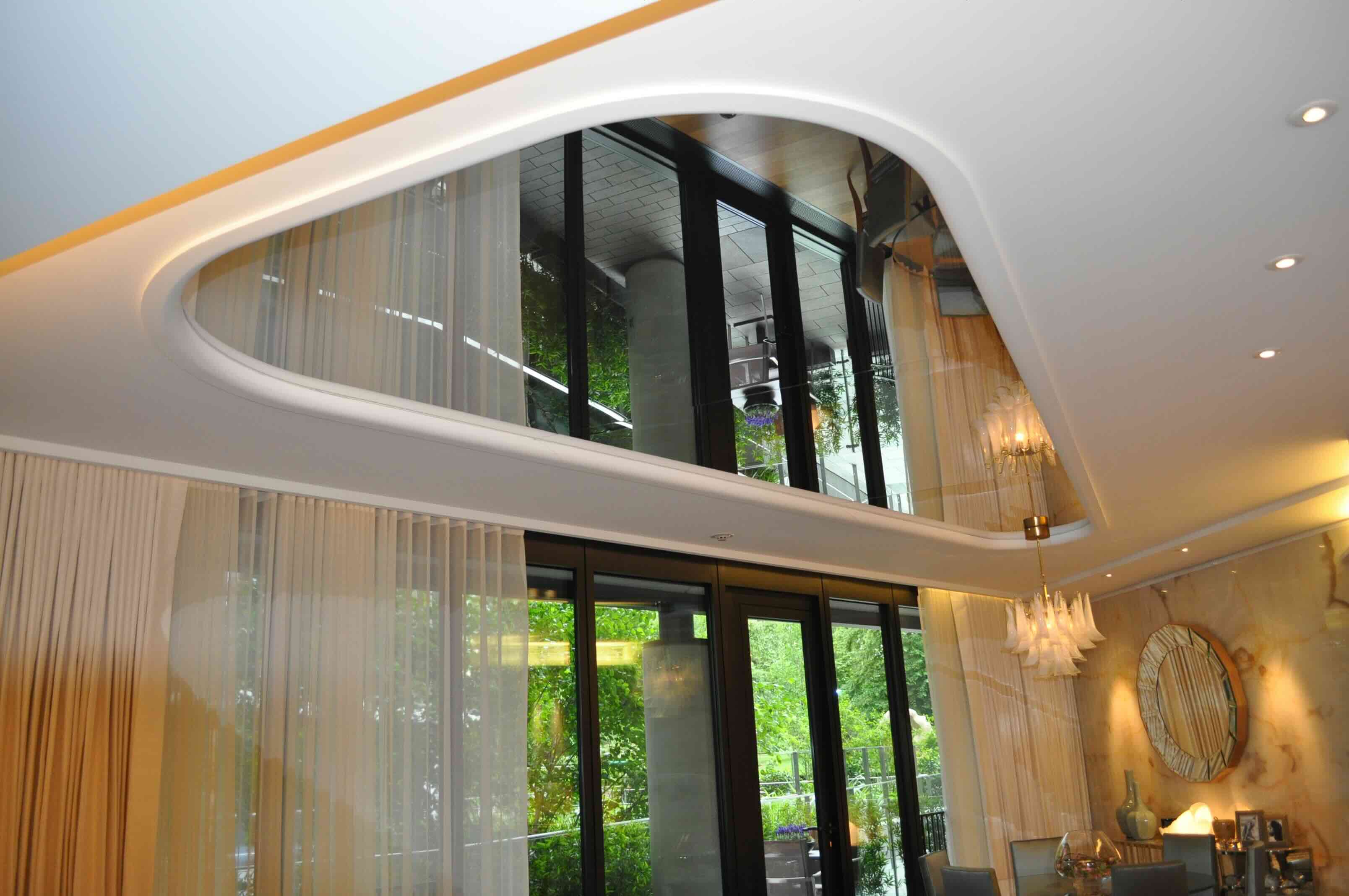
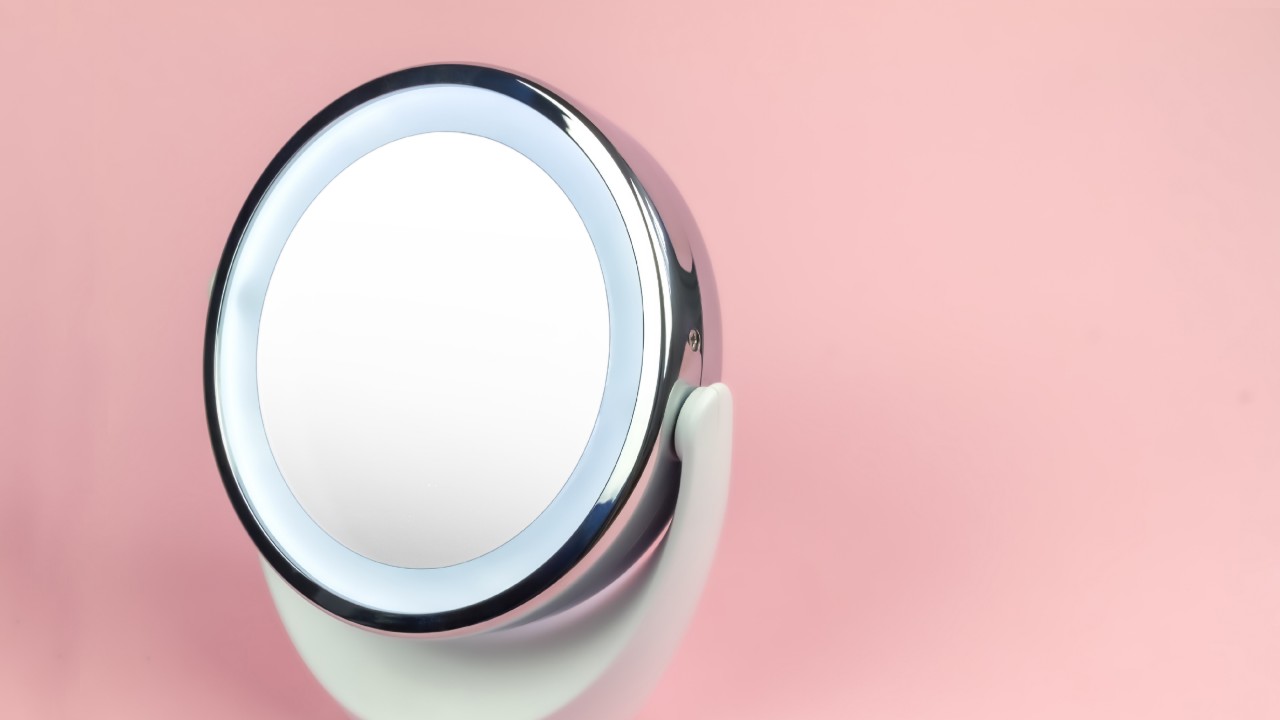
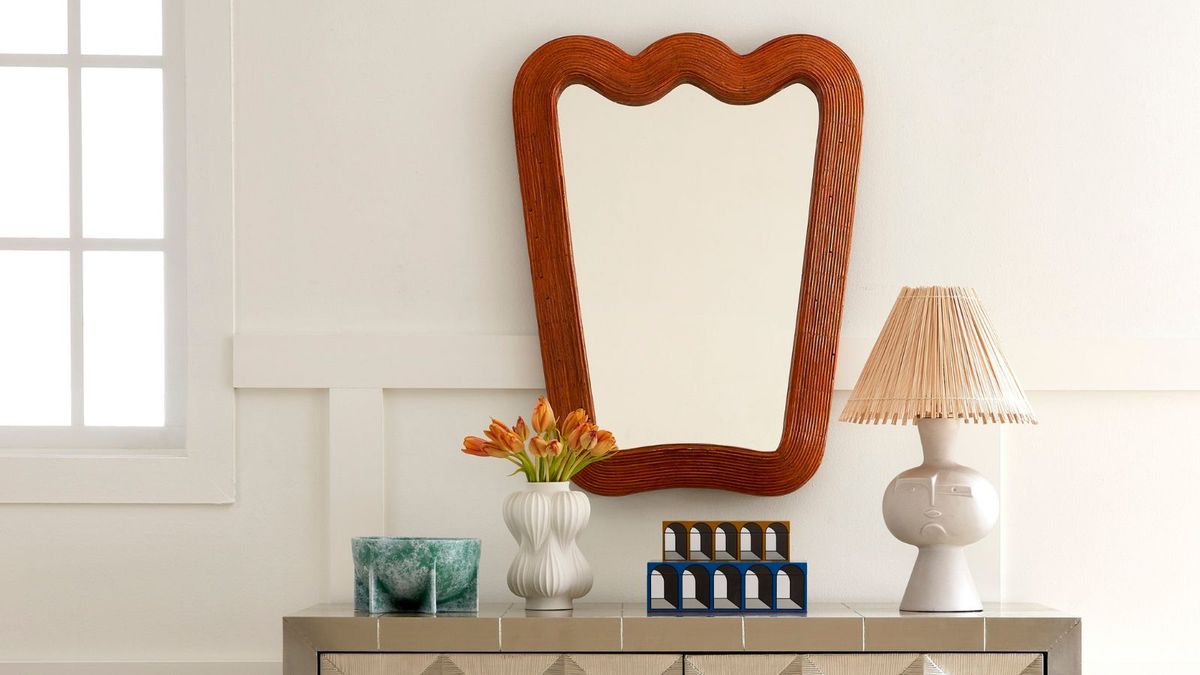


0 thoughts on “Why Some Mirrors Create Distortions”